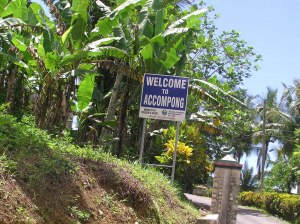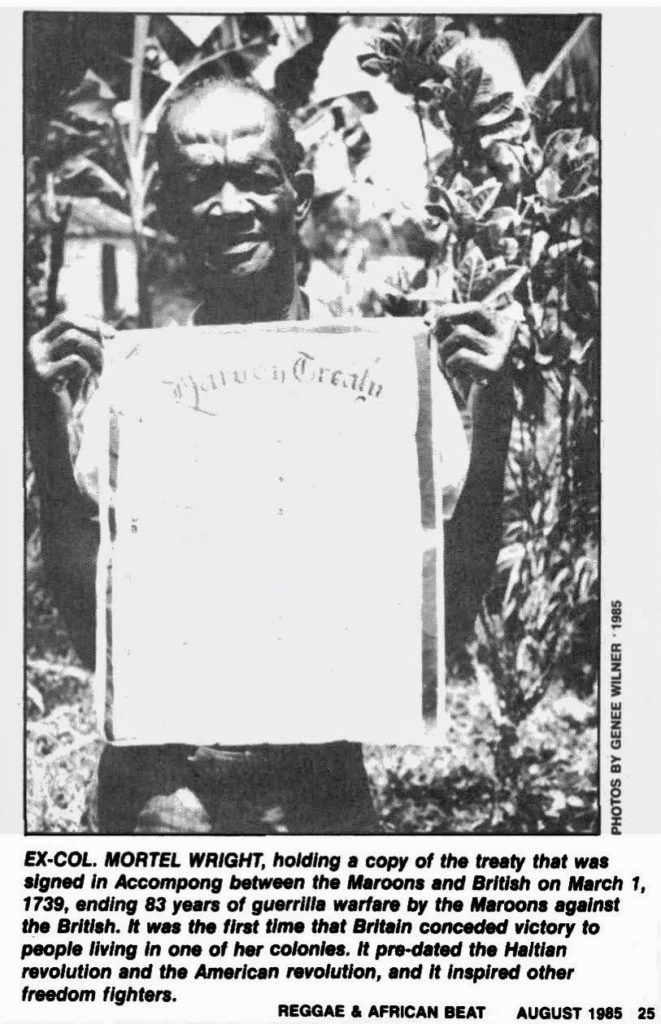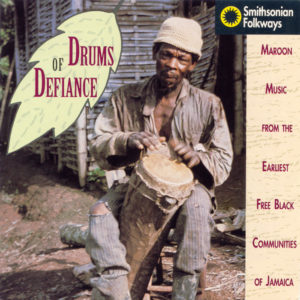Anyone interested in African and Caribbean history needs to know the story of the Maroons of Jamaica. Their history dates back to the 1500s, when they were conscripted as African servants and workers for the Spaniards who first invaded the island. When the British invaded Jamaica in 1655, the Maroons escaped to the precipitous Blue Mountains where, astonishingly, they fought against the British army—and won! They accepted a peace treaty in 1738 in exchange for their freedom from enslavement, and are considered an autonomous nation within Jamaica.
But the most fascinating part of this saga is the continuous connection to Africa, in particular, Ghana. Isolated in remote mountain villages, the Maroons retained much of their original African roots and culture, which persist to this day. One of the main Maroon villages in Jamaica is named Accompong, also a village in Ghana. They still use an instrument made from a cow’s horn, called abeng, a Twi word meaning “horn,” which also is used by Ghanaian Ashantis. Names arising from Ghana, such as Quashie, Cuffee, Kojo and Quako, are found in modern-day Jamaica, names of heroes in the Maroon freedom struggle.
This “Best of The Beat” feature, published in 1985, was written by Sister Farika Birhan, who adds a personal aspect to the story. She admits, “Like most Jamaicans, I had not given serious thought to the Maroons.” She learns that she actually has Maroon ancestry herself, and goes on a journey to visit Accompong for the first time and connect with her roots.
READ OR DOWNLOAD PDF: Beat4#4Maroons
ABOUT “BEST OF THE BEAT ON AFROPOP”
Drums of Defiance: Maroon Music From the Earliest Free Black Communities of Jamaica











